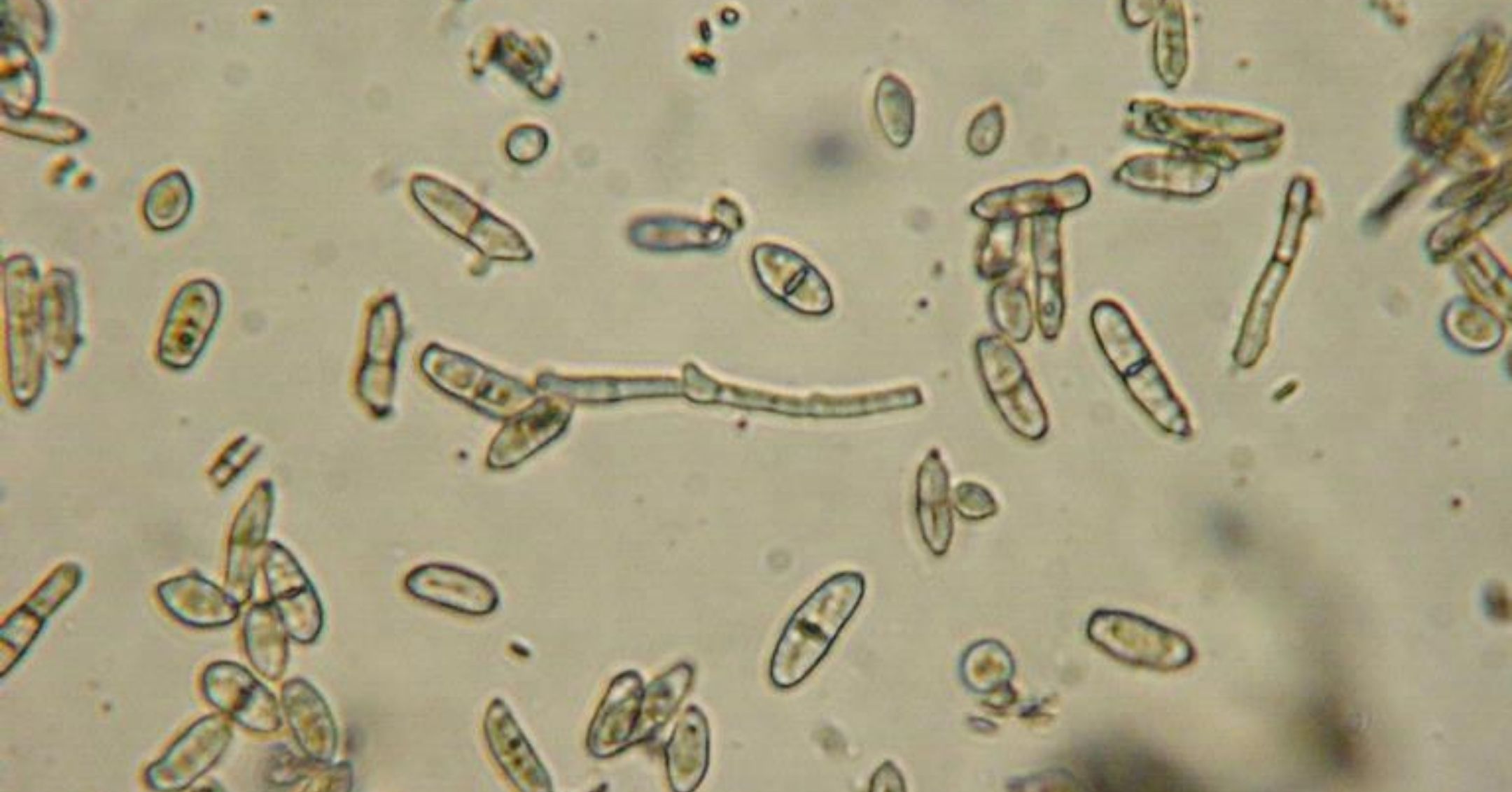Leaf Mold


Casual Agent
Leaf mold is caused by the fungus Passalora fulva and exclusively infects tomatoes. It is primarily a disease of plants grown in protected cultivation.
Symptoms
The oldest leaves are infected first. Pale green-yellow spots (1/4 inch) form on the upper side of the foliage, and eventually turn completely yellow. As the leaf dies, a velvety mold appears on the underside side of the leaf, opposite the spots. Infected blossoms will turn black and fall off. Fruit infections, which include sunken, dry, and leathery skin, have not been observed in Utah.
Disease Cycle
P. fulva overwinters on previously-infected plant debris in the soil. Spores form in spring, and are spread by wind, water, and tools, and can also be introduced by infected seed. P. fulva is most prevalent in relative humidity greater than 85%, and occurs in broad temperature ranges (50° – 90°F).
Management
- Remove all crop residue at the end of the season.
- Use drip irrigation and avoid overhead irrigation.
- Allow proper airflow. Implement proper plant spacing and stake and prune plants.

